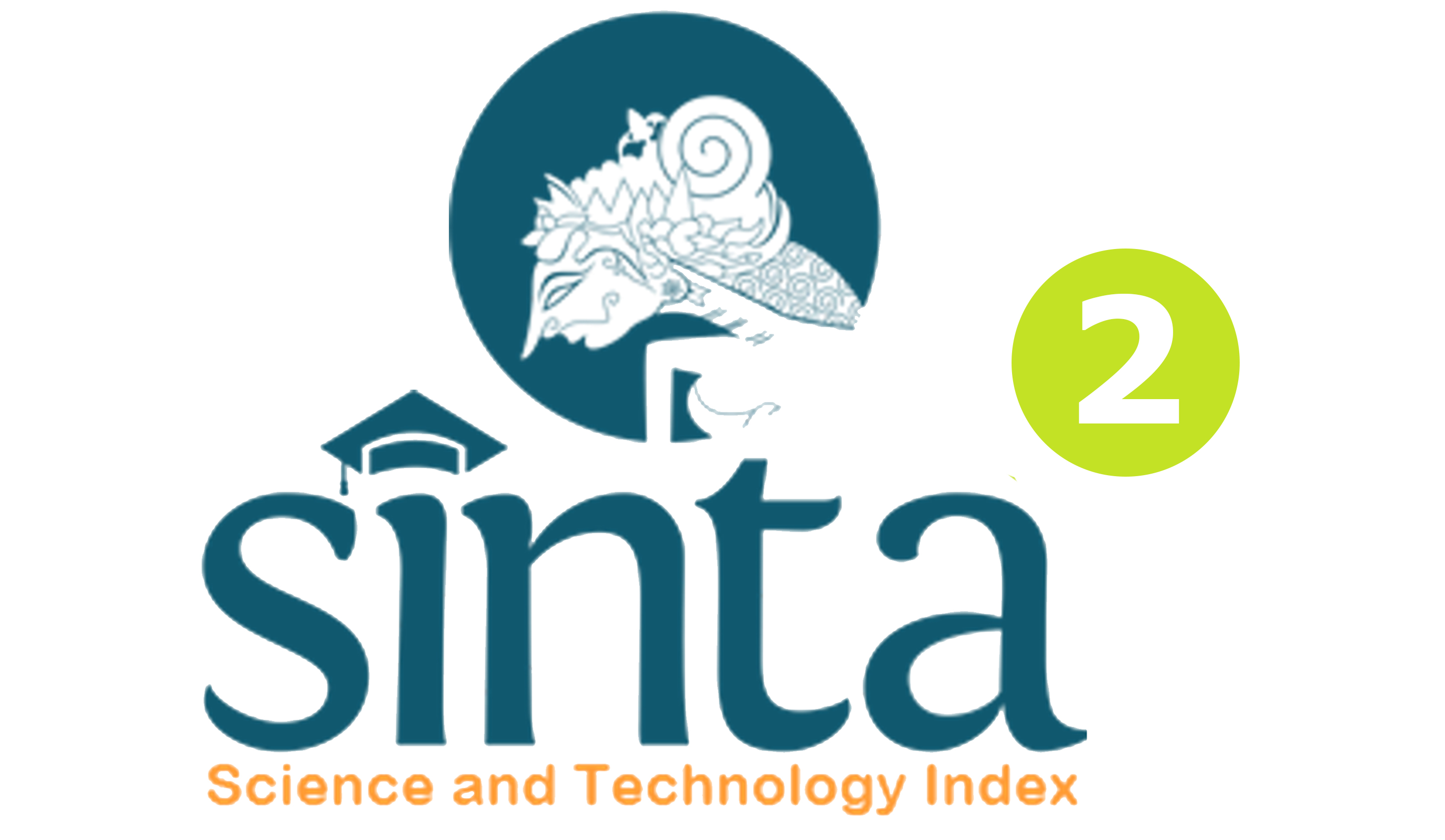The Effectiveness Of Behavioral Concept With Modeling Techniques Through Lesson Study To Improve Self Nurturance Of Class X BDPM A Students State SMK Negeri 1 Singaraja
DOI:
https://doi.org/10.23887/bisma.v3i1.18236Keywords:
Behavioral Counseling, Lesson Study, self nurturance, Modeling TechniqueAbstract
The purpose of this study was to determine the effectiveness of Behavioral Counseling with a modeling technique through lesson study to improve Self Nurturance in class X BDPM A SMK Negeri 1 Singaraja. This research includes "quasi experiment". The experimental design used was Pretest Postest Control Group Design. The population of this research is 71 grade X students of SMK Negeri 1 Singaraja. Through random sampling techniques, 34 students were placed in the experimental group and 37 students were placed in the control group. The method of data collection in this study used the method of observation, interviews, diaries and the Self Nurturance questionnaire. The self nurturance questionnaire has been tested for its validity and reliability. Analysis of questionnaire data using the Cronbach Alpha method. The study used the Independent Samples t-test with the help of JASP Version 0.7.5.5 showing the value of the hypothesis test results using Independent Samples t-test, getting t = 9,347 with p <0.05. Effect Size (ES) testing shows a high level of effectiveness (ES = 2.221). These results prove that behavioral counseling with effective modeling techniques to improve Self Nurturance class X students at SMK Negeri 1 Singaraja.









